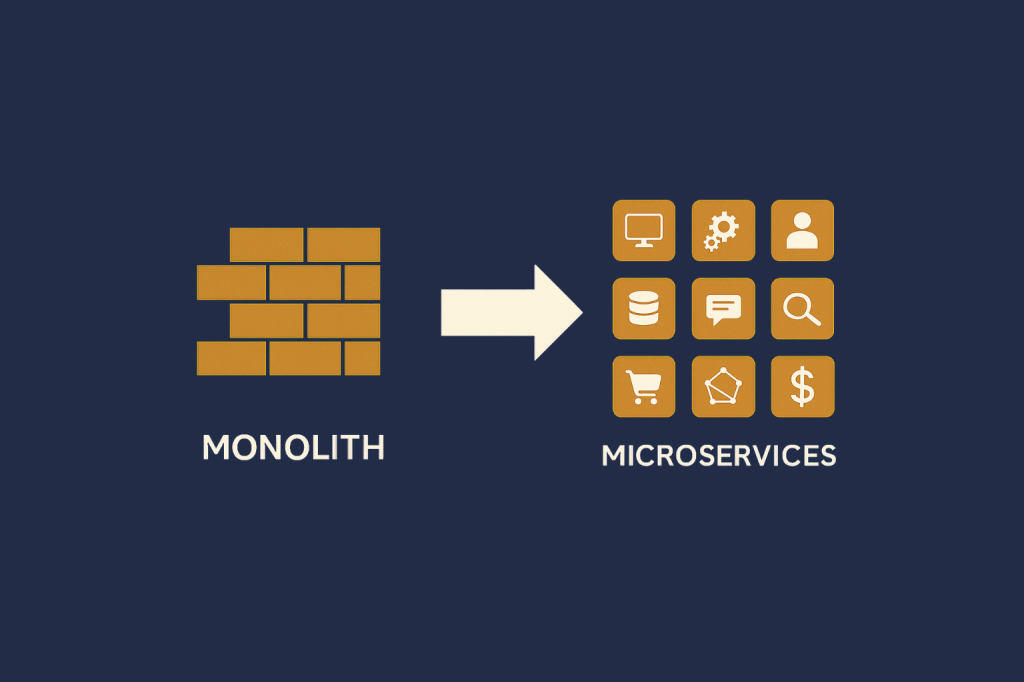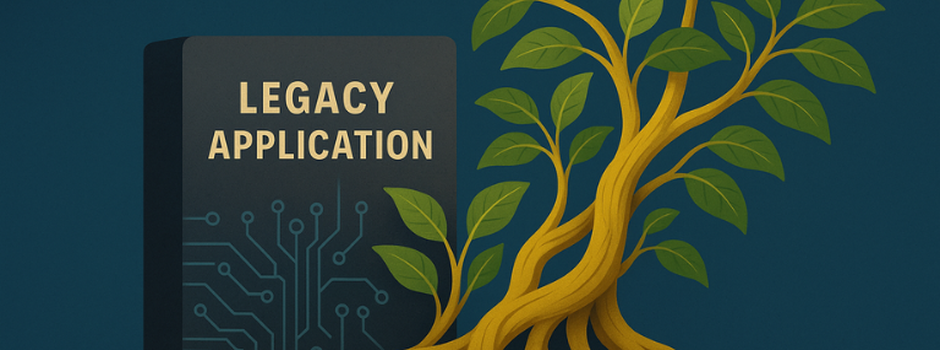Let’s be honest – the term “disruptor” is bordering on becoming an overused buzzword. In fact, some would argue that it crossed that line some time ago, the same way “hack” did. It’s a concept that has started to lose meaning thanks to the flood of use and in some cases misuse.
The original concept, though – that there are businesses and business ideas that are using technology to completely change how industries operate still applies. Direct-to-consumer (D2C) sales falls into this category.
Some of us are old enough to remember when large retailers ruled the commercial space. Sears, JCPenney’s, Walmart, major supermarket chains, and others controlled the connection between manufacturers and consumers. Major manufacturers of consumer products, like personal care and clothing, were widely represented while smaller upstarts were lucky to get a foothold in regional stores.
Enter direct-to-consumer retail. Facilitated by technology, these brands bypassed the middleman retail chains. Because there was no margin paid to the retailers, a manufacturer’s quality goods cost consumers less and left more in the manufacturer’s pockets.
As brands like Harry’s and Dollar Shave Club became as ubiquitous as Gillette and Schick and Casper and Purple siphoned sales from Serta and Sealy, older consumer product manufacturers took notice and began to jump on the D2C bandwagon. The key unifying factor for D2C brands, large or small, is technology.
D2C means having a streamlined conduit to consumers and technology fills the void that had previously been held by retailers. And while a website is an important component of launching a successful D2C brand, it isn’t the only technology that makes direct-to-consumer sales possible or profitable.
Below is a list of some of the essential technologies that can take a manufacturer directly to their end-customer. Not all are needed at the start, and some may be part of your back-office technology already. But each serves a purpose in pushing your products out to consumers and growing your D2C business while setting your business up to scale.
Need expert help to get your D2C brand online?
7 Key Technologies to Build Your D2C Business Website
A consumer website and its sister technology, an e-commerce site, aren’t the only technologies needed for a successful D2C business, but they are crucial. They are separated here because they serve different purposes for both the consumer and the company.
Your consumer website is where you’ll let your end-customer know what you’re offering and why it’s valuable for them to purchase directly from you. If you’re using a subscription model, it’s where you’ll explain your different subscription levels and expectations.
It’s also where you’ll build a relationship with the customer. In a traditional retail model, the retailer builds the relationship with the consumer while the product brand uses marketing to make their name stand out. With D2C, you’ll be shortening the distance between you and your end customer, but also shouldering the burden of attracting and retaining those customers. Your website is one anchor you’ll use for that relationship.
That means needing a site that can be updated regularly without a lot of IT intervention, such as building the site on top of a Content Management System (CMS) like WordPress. This allows your marketing team to make frequent updates while leaving IT resources to concentrate on adding more business value with technology projects.
E-commerce Storefront
The other side of the coin is an e-commerce storefront. This will facilitate the consumer’s purchases, from a single item to an annual subscription. Like a CMS, it should have a straightforward back end so that product information and setup can be done without IT team intervention.
With an e-commerce solution, close consideration should be given to how it will interface with other applications, the website just being one of those. The e-commerce solution you choose should also integrate with – or have the functionality to create integrations with – back-office systems like payments, customer management, billing, and even inventory and fulfillment.
The ability to scale should also be taken into consideration. Choosing an e-commerce solution that won’t be connected to fulfillment immediately might be fine, but manually managing these orders will quickly become overwhelming. The last thing you want is to have to replace or revamp your e-commerce solution within months of implementation.
Marketing Automation
Marketing automation is another system that will help build the relationship with your customers and reduce the amount of time spent on manual tasks. Customers expect open and clear communication about products and offerings, and email is one of the most effective marketing tools available. Hubspot reports that email generates $38 for every $1 spent, giving a 3800% ROI.
Marketing automation can serve a number of purposes and can be flexible enough to handle purchase messaging as well as lead generation pipeline management. An interested consumer can automatically receive a series of messages geared to the specific product they are interested in, while a customer can receive emails about their orders and shipping.
As with e-commerce, you’ll want to consider marketing automation solutions that can work well with other systems to get the most out of it, such as website forms, e-commerce, and CRM systems.
CRM
Customer relationship management (CRM) software is a cornerstone for good customer service and care. The ability to see a complete picture of an individual customer is invaluable, as is the data collected as a whole.
Choosing the right CRM will give you the option to connect your front and back-office applications together to give a view of your customers. Customer service will have access to the most recent customer information as well as their order history. Marketing can use the data to define segmentation and increase campaign efficacy. Payment and end-to-end order management tools, including customer feedback, can be accessed. And the entire business can use the rich data in the CRM to help define new products, new offerings, or refine existing ones.
AI/Chatbots
Moving from product manufacturing to retailer can quickly put a strain on your customer service teams. Even if you ramp up your customer service group, you’re likely to see an influx of questions and requests, unlike anything you’ve experienced when dealing with your B2B partners and retailers alone.
Using AI and chatbots can help to shunt some of the easily asked questions off of your customer service team. Customer service teams will be less harried, you won’t need to staff up as much as you would otherwise, and customers will have higher satisfaction with your brand when they can immediately get self-service answers to their questions.
Data Reporting & Visualization
An enormous benefit of offering products directly to consumers is the customer and product data that you’ll now have access to and control of. However, that benefit will be lost if you don’t have the means to read the story that the data can tell you.
Reporting on this data is how your brand goes from offering products to consumers to growing intelligently and meeting customer needs and demands. A reporting system that helps tease out and clarify the insights the data holds is key.
Data visualization is what takes reporting to the next level. Pouring over spreadsheets of information is time-consuming and makes it easy to miss key insights. Data visualization and dashboards give the business a tool to quickly see and understand information and trends and drill down into the underlying data.
Integrations
As you look back over the previous entries, there is one word you’ll note popping up again and again – integration.
That’s because having these systems work in concert will make D2C operations easier. Integrations can connect e-commerce systems to ERPs and CRMs, warehouse and order fulfillment to your online storefront, and even customer data to marketing and sales. The potential for a 360-degree view of your D2C business makes integrations invaluable and essential.
How you integrate these systems will be the main question. Some solutions have application programming interfaces (APIs) already developed to connect common solutions together. In other cases, you may need to have integrations built. Whatever direction is needed, integrations should be a foundational consideration as you choose the other technology solutions in your D2C toolbelt.
As mentioned, these are just the technology categories that are core to a successful D2C business. There is still a great deal of strategy and execution tied up in the use of much of it, not to mention the evaluation of solutions and implementation. But knowing what technology you need to get started will launch your business toward selling directly to your end consumers.
When it comes to those details, Curotec can help. We’ve helped businesses across the globe implement and update their technology solutions and define their strategy to reach their market faster and cost-efficiently. Whether you need help with a single element of your move to direct-to-consumer selling or are looking for an end-to-end solution partner, Curotec has the experience and talent to make your D2C move a successful one.









